Follow along with Greg and Tom in this travelogue episode as they visit several historic cities and towns in the Netherlands — Utrecht, De Bilt, Breukelen and Haarlem — wandering through cafe-filled streets and old cobblestone alleyways, the air ringing with church bells and
But of course, their mission remains the same as the past three episodes. For there are traces of Dutch culture and history all over New York City — through the names of boroughs, neighborhoods, streets and parks.
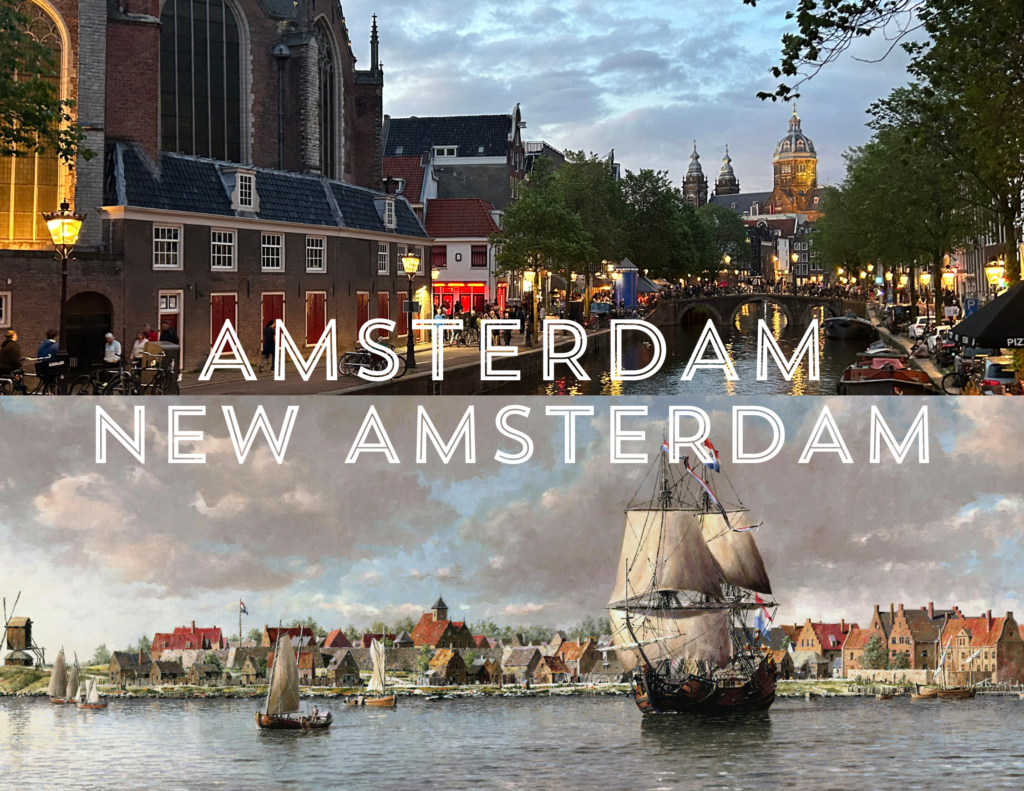
From Spuyten Duyvil Creek flowing into the Harlem River along the Bronx shoreline to New Utrecht, Gravesend and Cortelyou Road in Brooklyn. All of those place names can be traced to the Dutch presence of New Amsterdam and New Netherland.
In the final Bowery Boys episode recorded in the Netherlands, Tom and Greg head to several places that have unique links to the New York City area, mostly through Dutch colonial connections made in the 17th century.
Utrecht — The medieval city with its unique canal wharves and monastery courtyards that may be the bicycle capital of the world. What are its connections to Bensonhurst, Brooklyn?
Breukelen — How did this charming, quiet old town on the Vecht River become the namesake of the borough of Brooklyn? Both places have “Brooklyn Bridges.” But there are a couple of other surprising parallels.
De Bilt — The ancestral home of the Vanderbilt family, can Tom find one of their 17th-century ancestors among the stones of an old cemetery?
Haarlem — Manhattan’s Harlem remains one of America’s cultural centers, and the rustic Dutch city that inspired its name also has cultural riches aplenty — from its museums to its historic windmill Molen de Adriaan.
WITH — Mysterious pharmaceuticals, pedal boat misadventures, ghostly apparitions and Aperol Spritzes!
PLUS: The special link between Amsterdam’s Jewish Quarter and New York City’s Lower East Side — through pickles
LISTEN NOW: EXPLORING NEW YORK’S DUTCH ROOTS
Over on Patreon, we released a series of daily shows while on the streets of the Netherlands. You can check out those shows — and the many other benefits of being a Bowery Boys patron — by supporting the show at Patreon.
Below: Tom and producer Kieran Gannon watching the historical video at Molen de Adriaan.
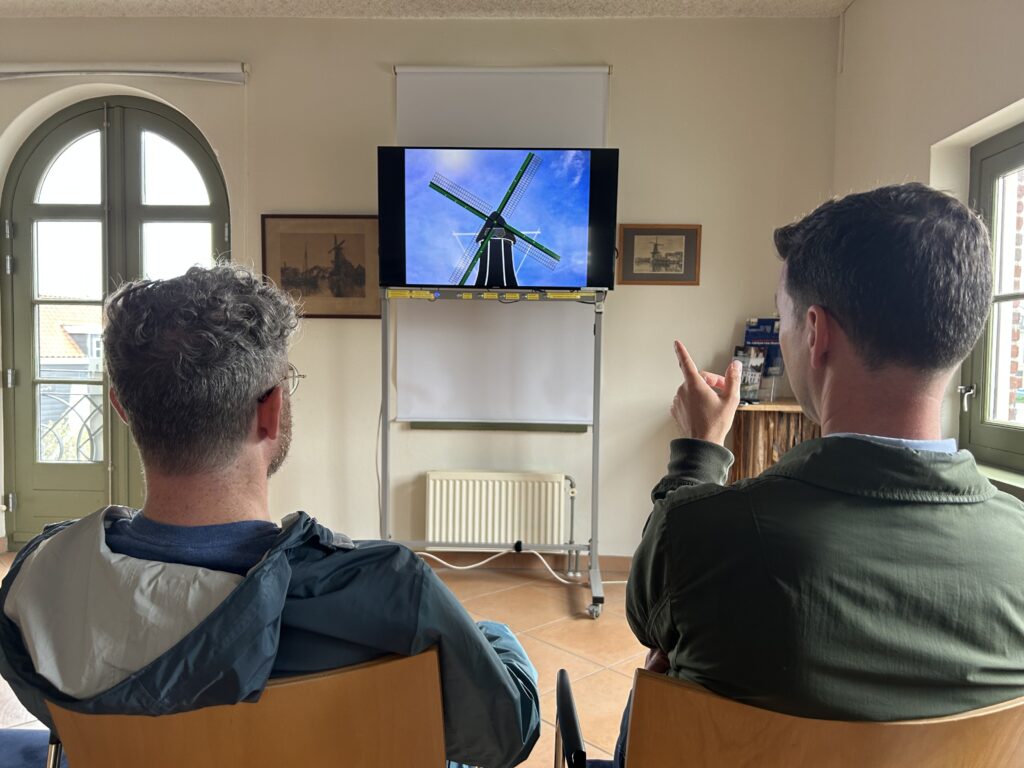
Places we went on this show:
— Jodenbuurt, Amsterdam, meeting with Mattmo with toasties at Broodbar
— Naude, Utrecht, recording at Jackrabbit
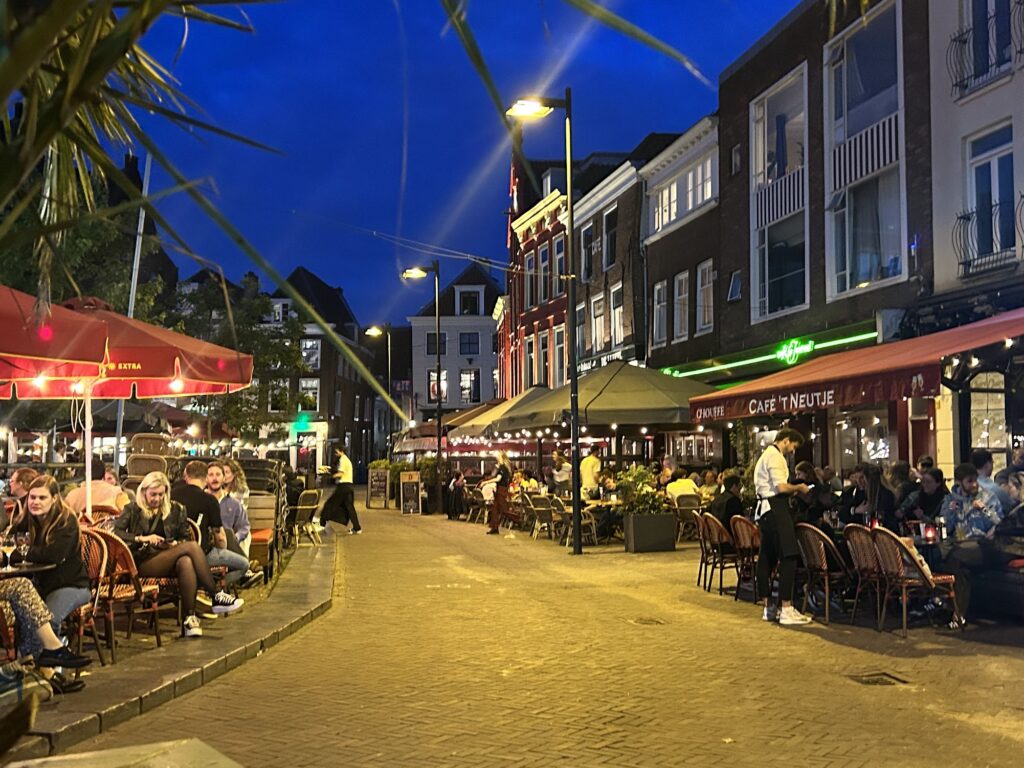
We want to thank Ton de Jager for guiding us through the streets of Utrecht. If you’re heading to Utrecht, you can book a guided tour here. And ask for Ton by name!
The wharf level of Utrect’s canals
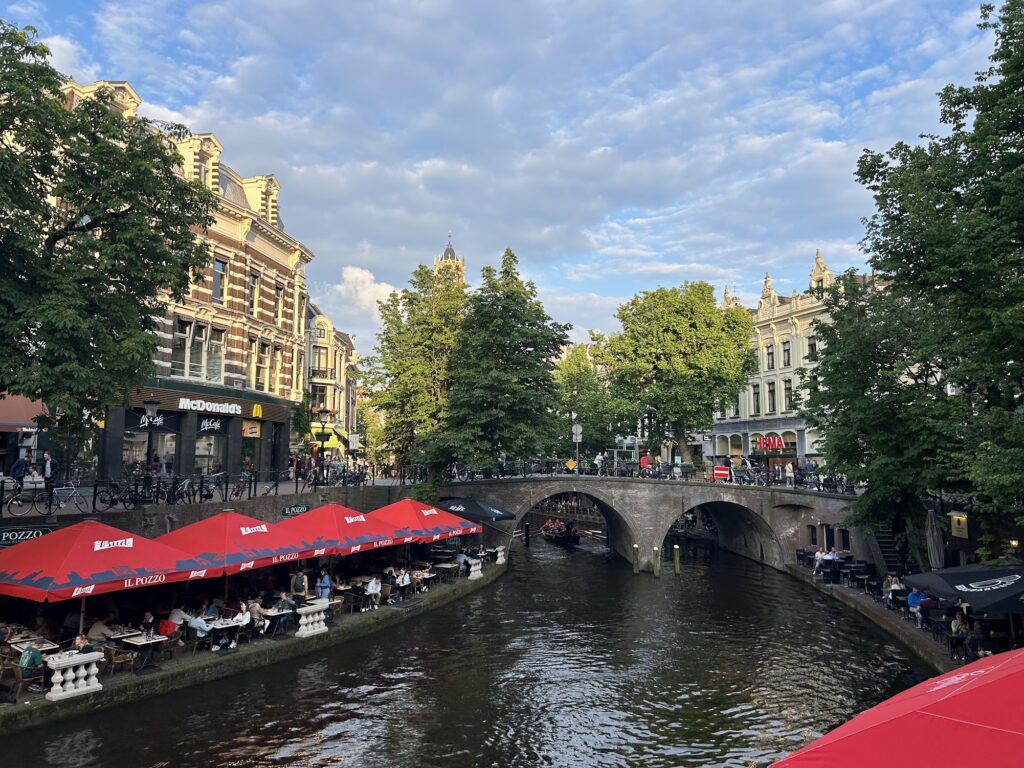
Utrecht flower market with Ton de Jager
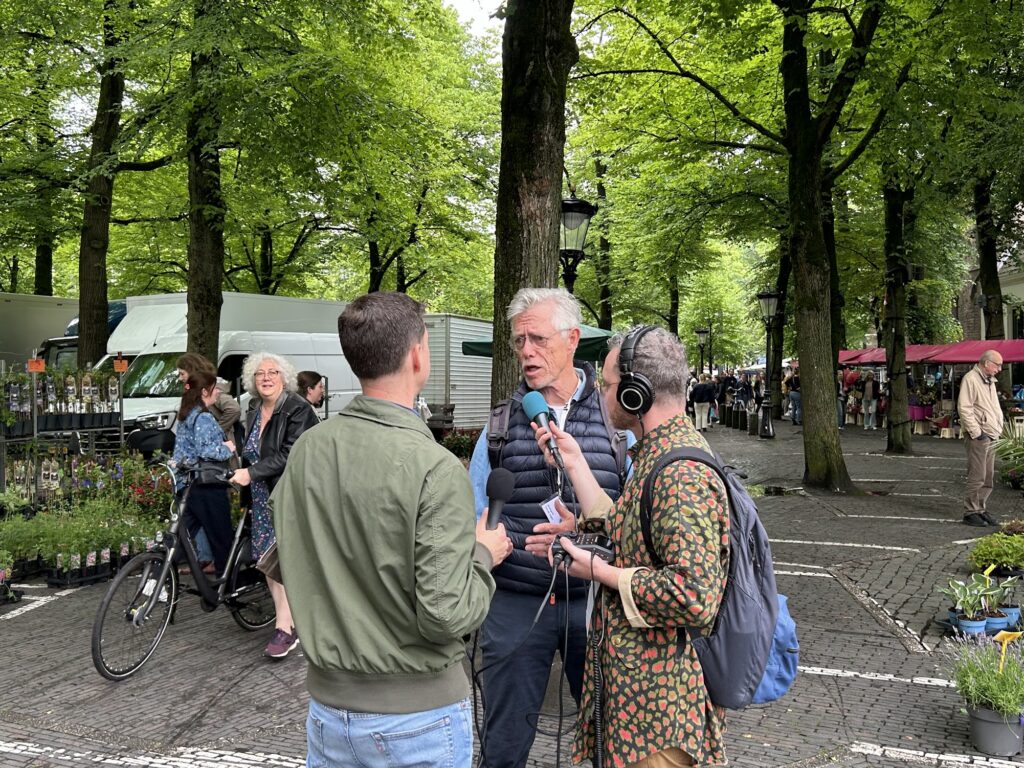
Utrecht’s ancient Roman wall
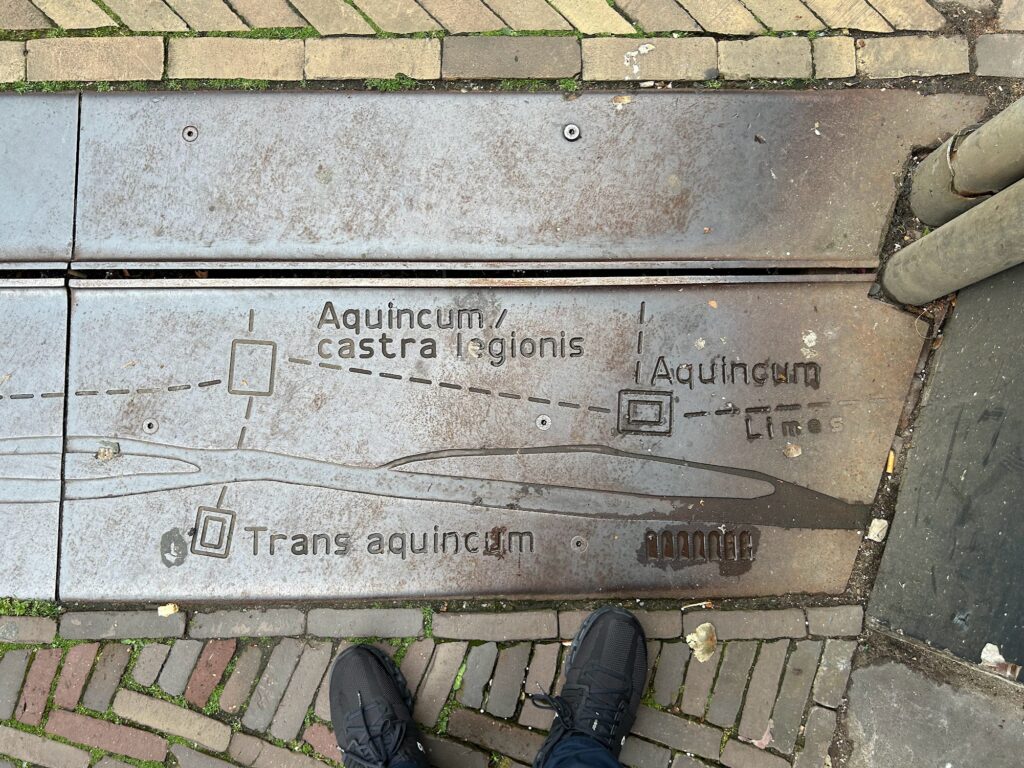
St Martin’s Cathedral aka the Dom Church
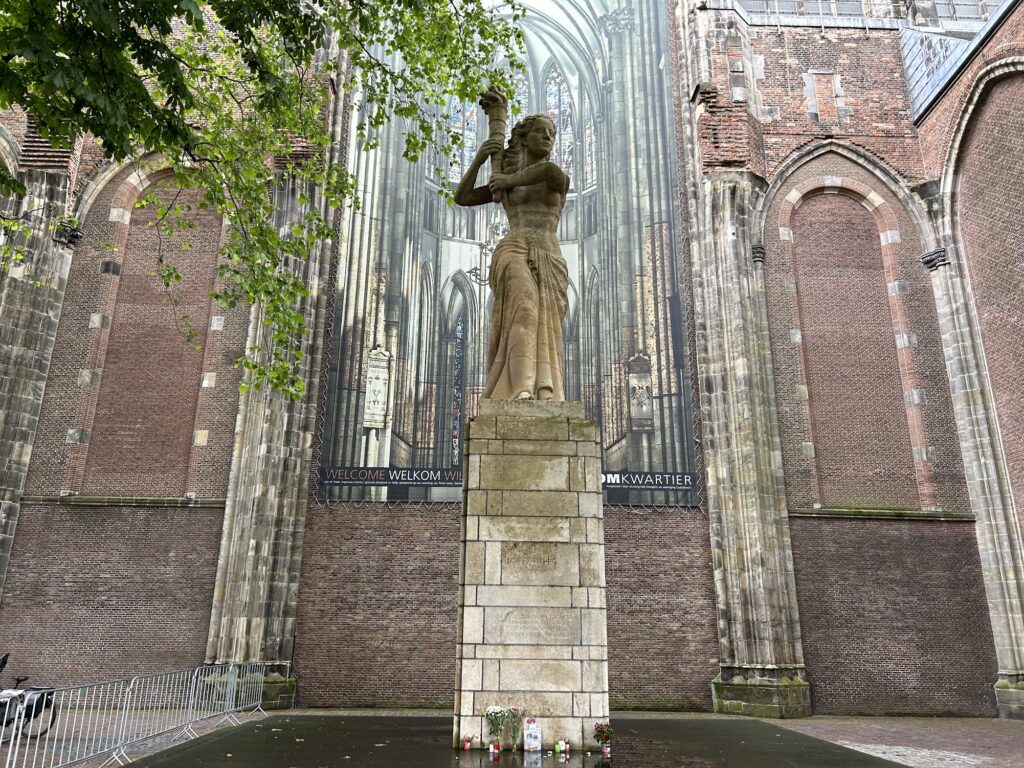
The Dom Church’s bell tower actually sits across from the church. (The reason for this is discussed in the podcast.)
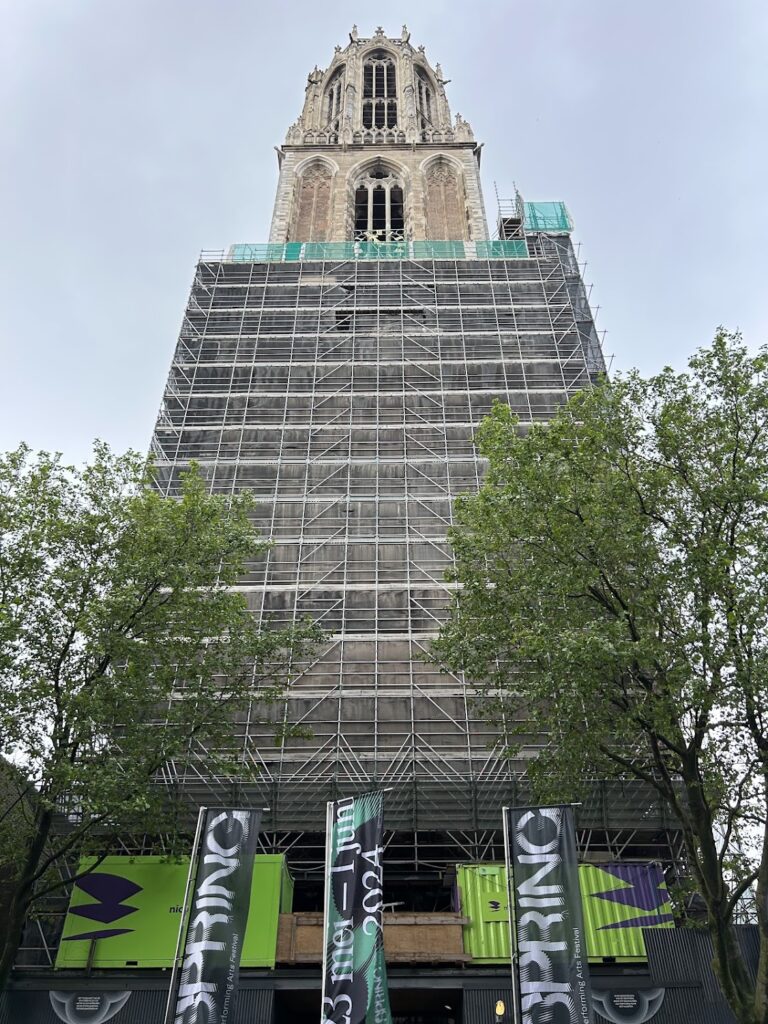
A plaque marking those who died during the Utrechtse sodomieprocessen of 1730.
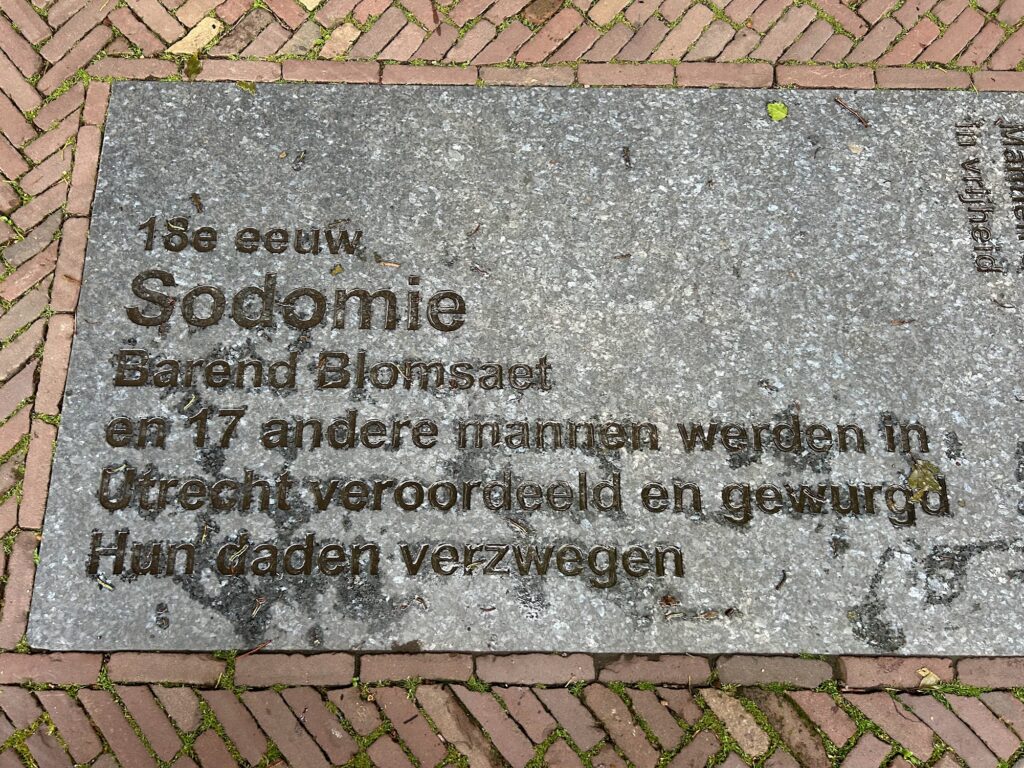
On the old moat in a pedal boat!
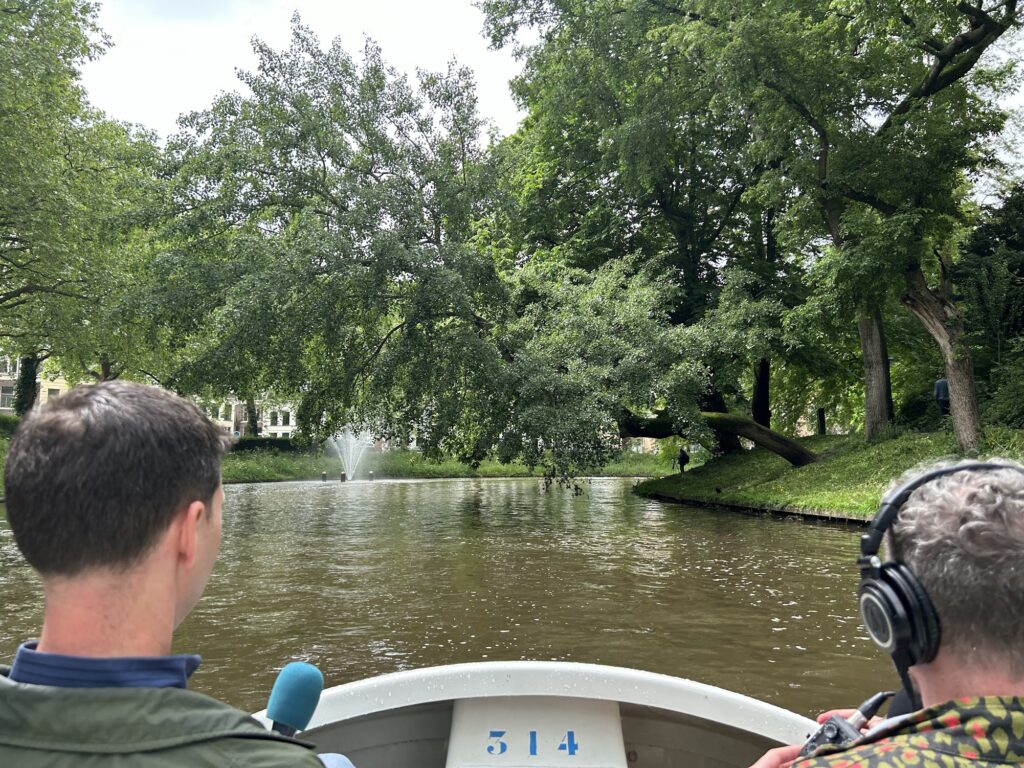
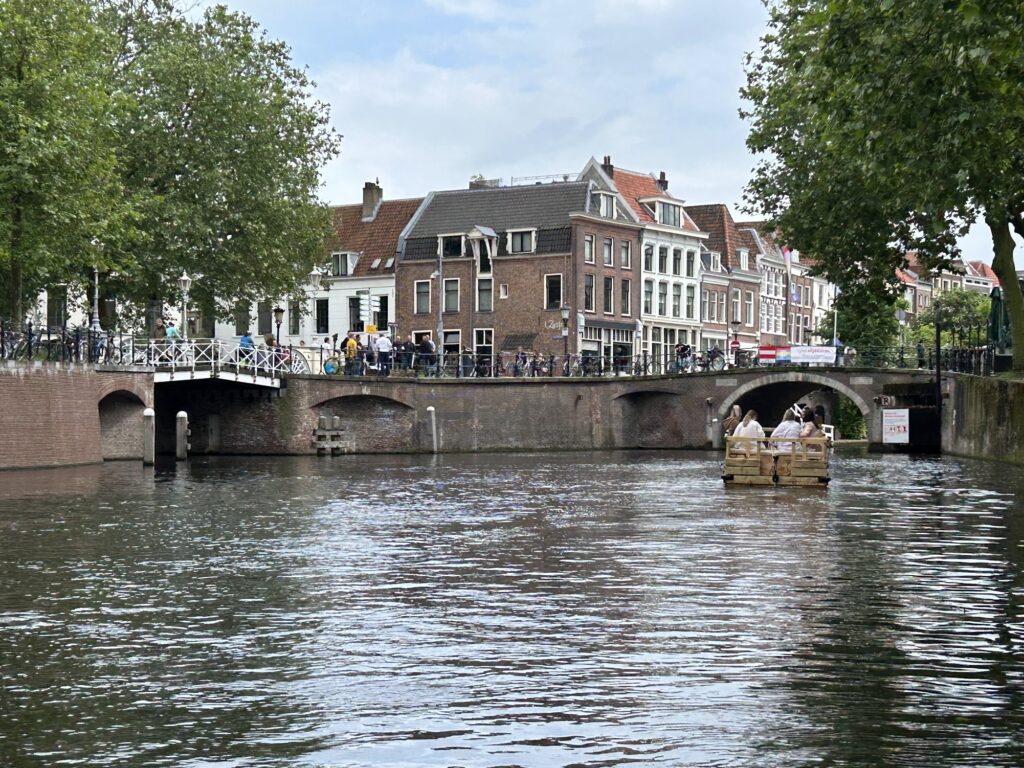
One unique example of Utrecht’s famous wharves or quays
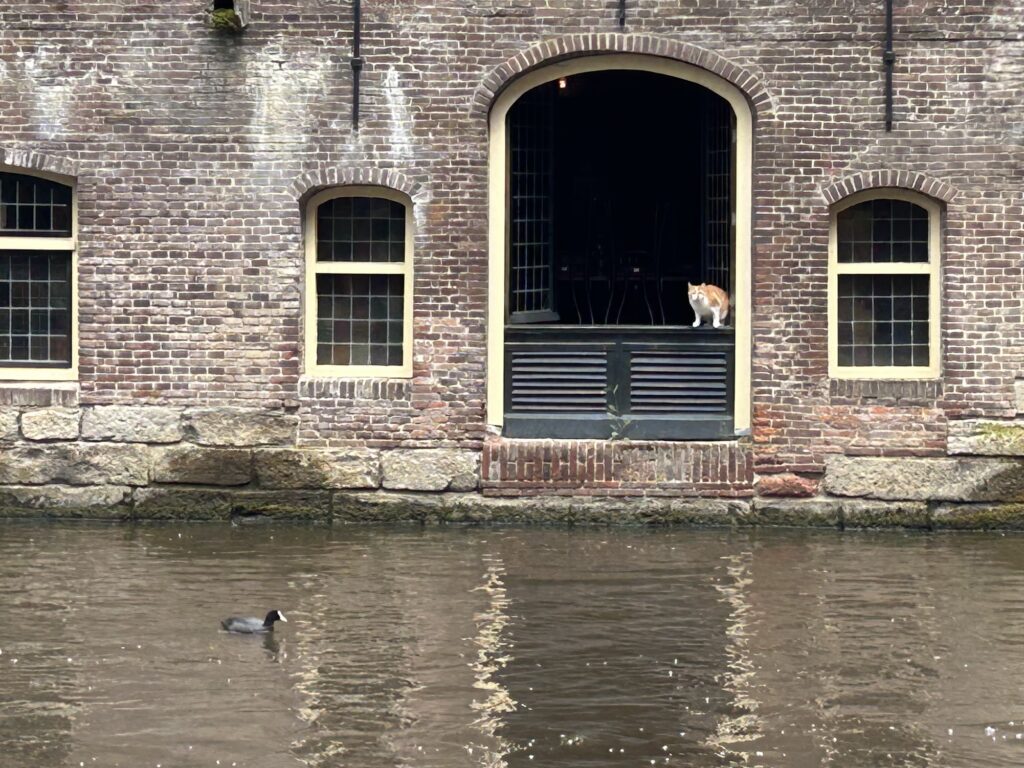
One wharf restaurant was named Broadway!
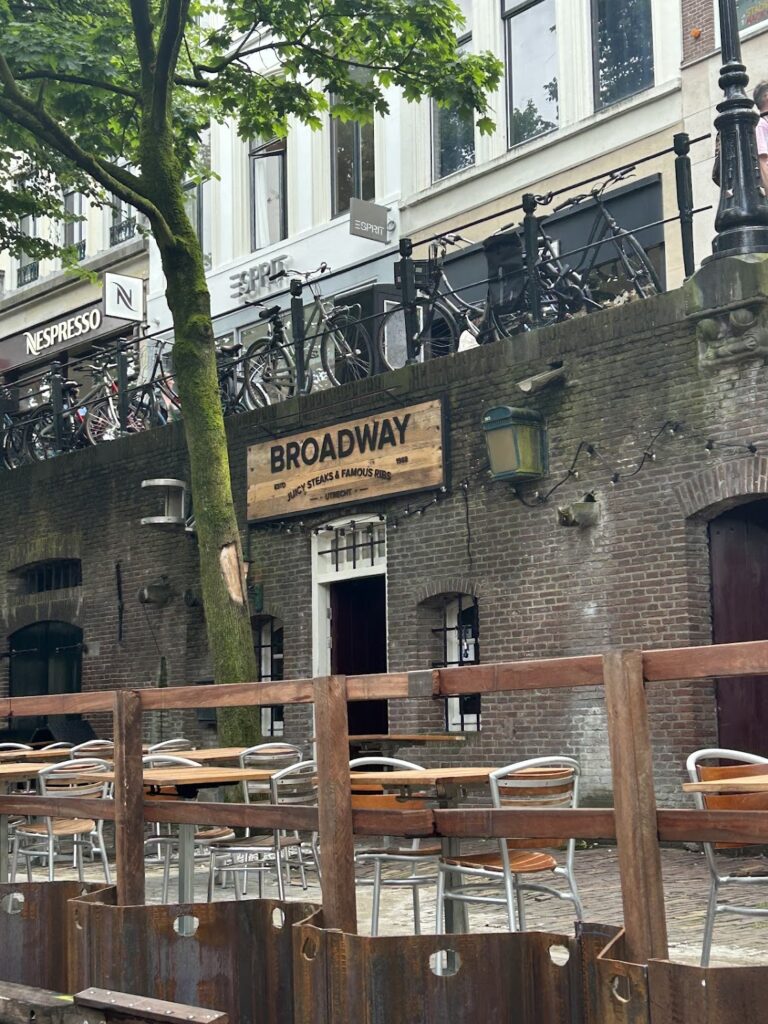
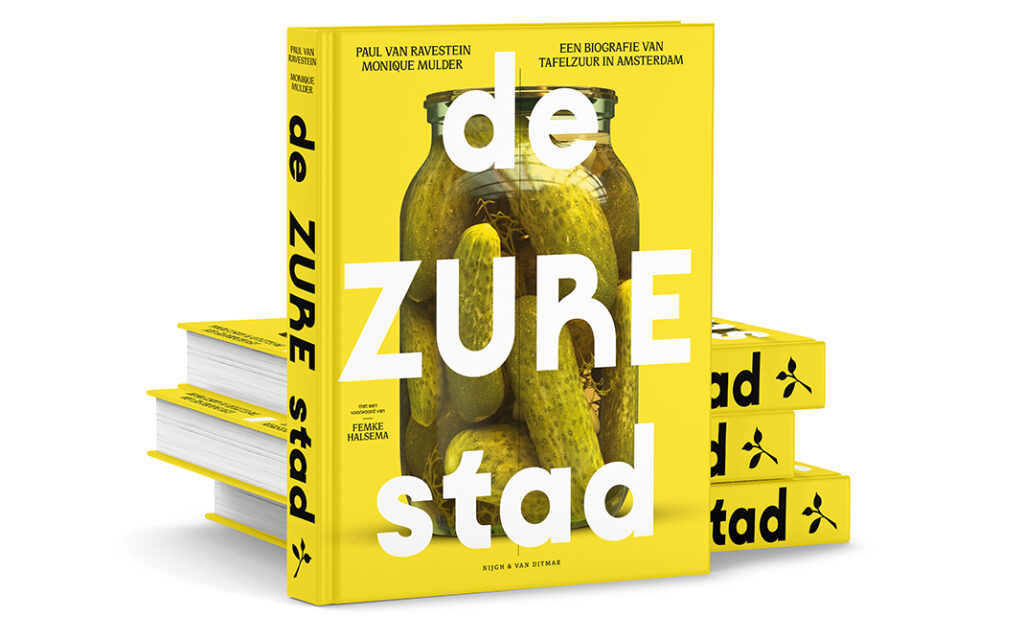
Utrecht at night
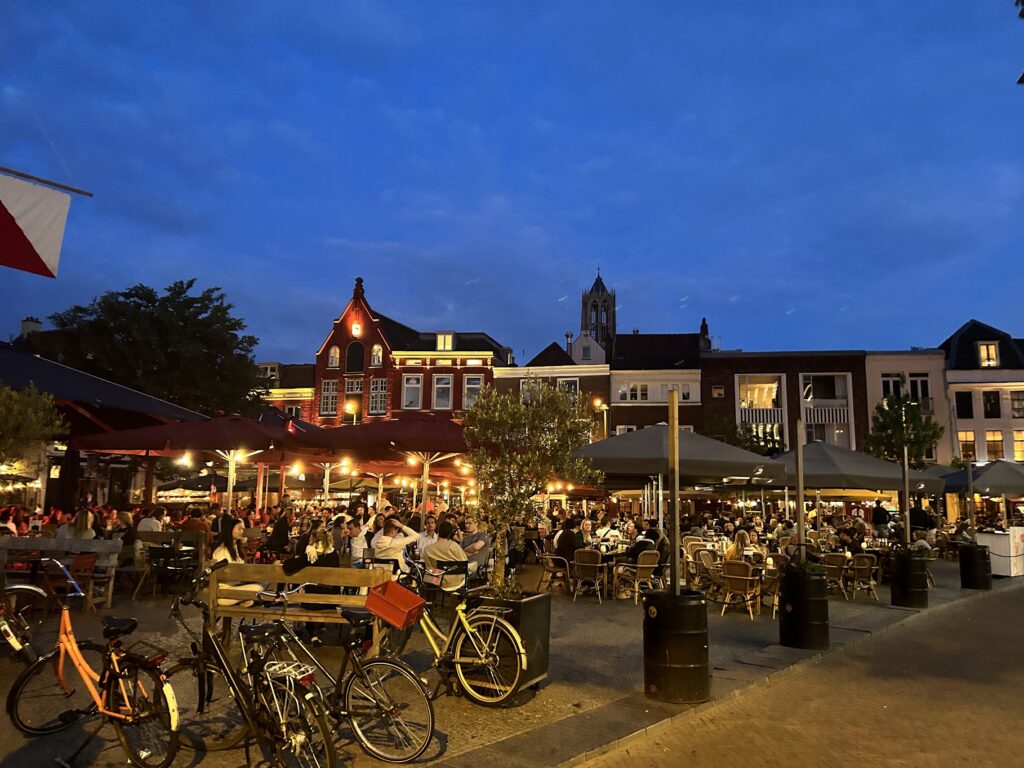
Tom with his “Haarlem oil”
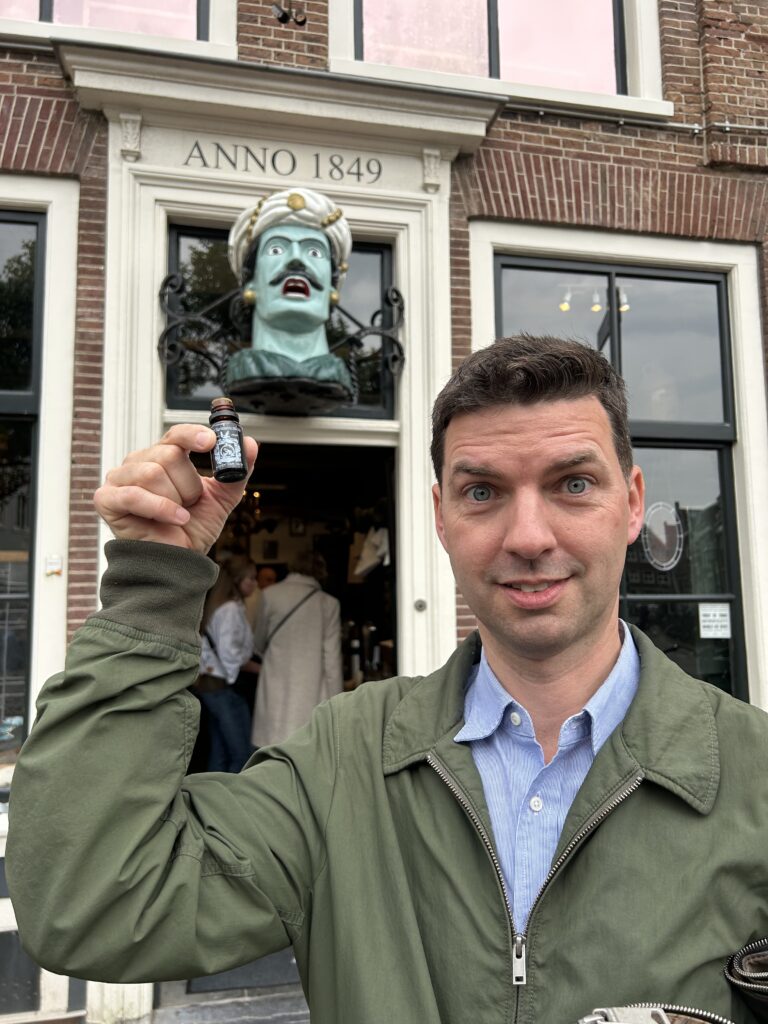
Haarlem street of greenery
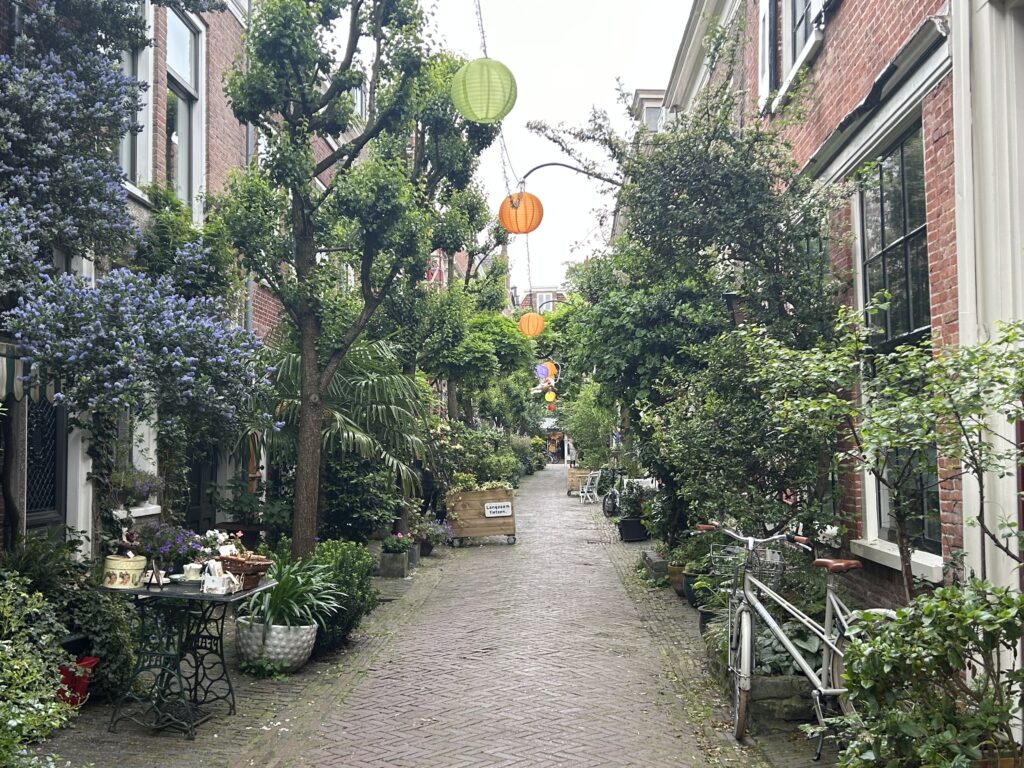
FURTHER LISTENING
The first three parts of Amsterdam/New Amsterdam — Empire of the Seas, The Radical Walloons and Finding Peter Stuyvesant
Interview with Russell Shorto, author of The Island At The Center of the World
The Lenape and other native peoples of the New York/Hudson Valley region would be both trading partners and adversaries of the Dutch, who claimed to have ‘discovered’ the land those people already lived upon.
The story of religious freedom during the New Amsterdam/Peter Stuyvesant plays a major role in this episode which features a visit to the John Bowne House:
Our original two-part series on New Amsterdam:

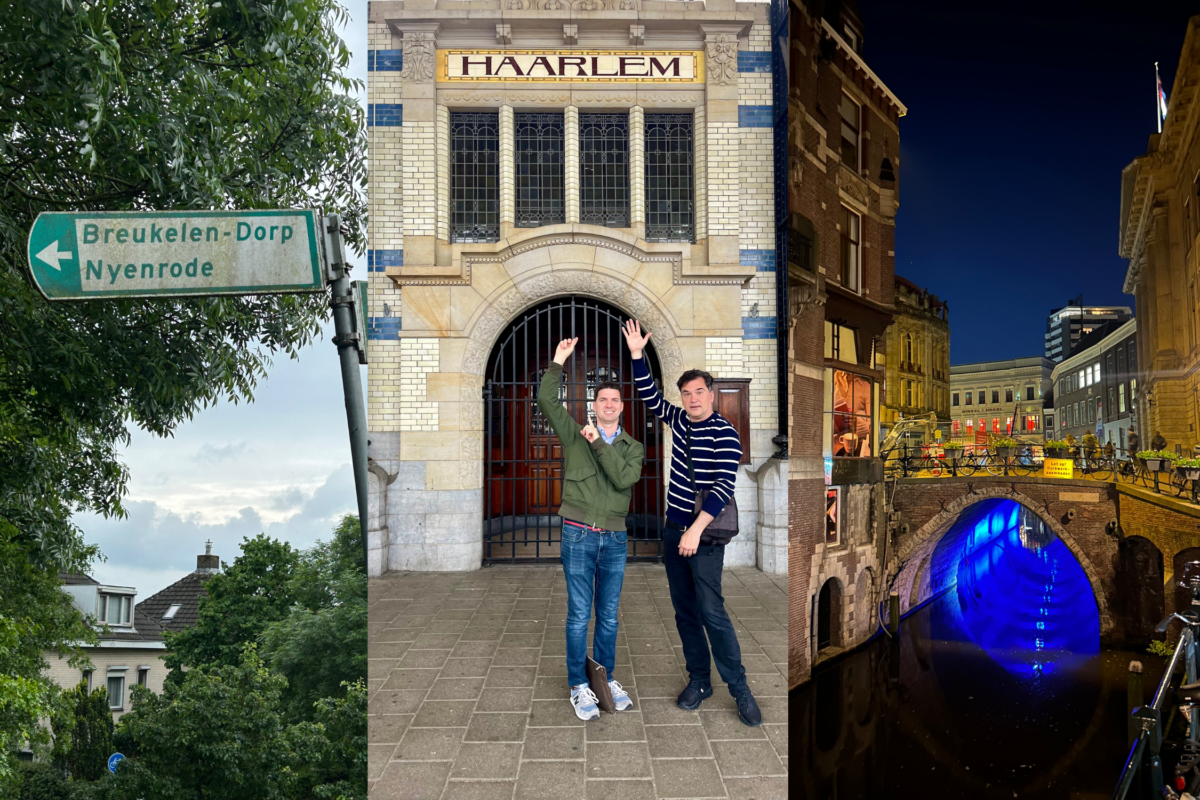
1 reply on “Haarlem, Breukelen, Utrecht: Exploring New York’s Dutch Roots”
Just listened to this episode. As a Dutch citizen, who lived in the area it was interesting to hear your obeservations. And in case you weren’t aware: you would not have found any grave stones of the persons from the 16/17th century anywhere. We have what is called ‘grave rights’ which means your burial plot at the churchyard will be emptied after x amount of years (usually 20) and the stone will be removed. You can extend the period, but you have to pay for that. Only rich people could afford to buy ‘eternal grave rights’. Those monuments have survived and the grave cannot be cleared. Everybody else’s bones end up in the communal gravesite where all the remains are deposited that they find when they clear the grave.